An appeal letter is a formal document that is written when an individual or organization wants to request a reconsideration of a decision that was made about a specific issue. It is a way of asking for a review of a previous decision and providing new evidence or arguments in support of your case.
Whether it’s for a denied insurance claim, a disciplinary action, or an academic dismissal, an appeal letter can be an effective tool for overturning an unfavorable decision. In this article, we will discuss the key elements of an appeal letter, the proper format and style, and how to present your case in the most compelling way possible.
Table of Contents
Appeal Letter Templates
Appeal Letter Templates are standardized formats used to present a formal request for reconsideration or review of a decision or judgment. These templates provide a structured framework for individuals or organizations to state their case, provide supporting evidence, and articulate their reasons for seeking an appeal. Whether it’s for academic institutions, legal proceedings, insurance claims, or administrative matters, Appeal Letter Templates ensure consistency, clarity, and professionalism in making a compelling appeal.
Appeal Letter Templates provide a structured and persuasive approach to seeking reconsideration or review of a decision. They ensure that the appeal is presented in a clear, organized, and professional manner. These templates can be customized to fit the specific requirements and guidelines of the relevant authority or organization, allowing the writer to effectively present their case and increase the chances of a successful appeal.
What to Include in an Appeal Letter

When writing an appeal letter, it’s important to include certain key elements to ensure that your case is presented in the most effective way possible. Below are some of the key elements to include in an appeal letter:
A clear and concise explanation of the decision being appealed: Start the letter by briefly summarizing the decision that is being appealed and the reasons why it is being appealed.
A presentation of new evidence or arguments: Provide any new information or evidence that was not considered in the initial decision, and explain how this new information supports your case.
A request for a specific outcome: Clearly state what you are requesting from the appeals process, such as a new hearing, a reconsideration of the decision, or a specific remedy.
A professional and respectful tone: The letter should be written in a professional and respectful tone, avoiding any negative or confrontational language.
A statement of your willingness to cooperate: Make it clear that you are willing to work with the relevant parties to resolve the issue and that you understand the importance of the appeal process.
Contact information: Provide your contact information, including your name, address, email, and phone number, so that the recipient can reach you if they have any questions or need more information.
Supporting Documents: Include copies of any supporting documents that are relevant to your case, such as medical records, receipts, or letters of reference.
Appeal Letter Format
The format of an appeal letter should be clear and professional, following traditional business letter format. Below is a general format for an appeal letter:
Letterhead: Use letterhead with your name, address, phone number, and email address.
Date: Include the date of the letter at the top right corner.
Addressee: Include the name, title, and address of the person or organization to whom the letter is addressed.
Salutation: Begin the letter with a formal salutation such as “Dear [Name].”
Introduction: Start with a clear and concise explanation of the decision that is being appealed and the reasons why it is being appealed.
Body: Provide any new information or evidence that was not considered in the initial decision, and explain how this new information supports your case.
Request for a specific outcome: Clearly state what you are requesting from the appeals process.
Closing: Close the letter with a professional and respectful statement, expressing your willingness to cooperate, and your understanding of the importance of the appeal process.
Signature: Sign the letter and include a typed name.
Enclosure: If you are enclosing any supporting documents, such as medical records, receipts, or letters of reference, mention it in the enclosure line at the end of the letter. For example, “Enclosures: [list of enclosures]”
How to Write an Appeal Letter
Writing an appeal letter can be a daunting task, but by following a few simple steps, you can present your case in the most effective way possible and increase the chances of a favorable outcome. Below is a step-by-step guide on how to write an appeal letter:
Step 1: Gather all relevant information and documents
Before writing the letter, gather all relevant information and documents that will help support your case. This may include copies of the original decision, any new evidence or information that was not considered in the initial decision, and any supporting documents such as medical records, receipts, or letters of reference.
Step 2: Understand the appeals process
It is important to understand the appeals process for the specific issue you are dealing with. Research the specific rules, regulations, and procedures for the appeal process. This will help you to understand the specific outcome you are requesting and the information that will be required to support your case.
Step 3: Write a clear and concise introduction
Start the letter by briefly summarizing the decision that is being appealed and the reasons why it is being appealed. Keep in mind that the person reading your letter may not be familiar with the case, so it is important to be clear and concise in your explanation.
Step 4: Present new evidence or arguments
In the body of the letter, provide any new information or evidence that was not considered in the initial decision, and explain how this new information supports your case. Be specific and provide examples to back up your claims. Also, make sure to present the information in a logical and organized manner.
Step 5: Request a specific outcome
Clearly state what you are requesting from the appeals process, such as a new hearing, a reconsideration of the decision, or a specific remedy. Be specific and explain why you believe this outcome is appropriate.
Step 6: Use a professional and respectful tone
The letter should be written in a professional and respectful tone, avoiding any negative or confrontational language. Remember that the person reading your letter is likely to have the power to change the original decision, so it is important to maintain a respectful and professional tone throughout the letter.
Step 7: Provide your contact information
Provide your contact information, including your name, address, email, and phone number, so that the recipient can reach you if they have any questions or need more information.
Step 8: Include supporting documents
Include copies of any supporting documents that are relevant to your case, such as medical records, receipts, or letters of reference. Make sure to mention the enclosures at the end of the letter.
Step 9: Proofread and edit
Proofread and edit your letter for any grammar, spelling, or punctuation errors. Also, make sure that the letter is clear, concise and easy to understand. It is also a good idea to have someone else review the letter to ensure that it is well-written and presents your case effectively.
Step 10: Use a proper format and style
Use a clear and professional format and style, following traditional business letter format. This includes using letterhead with your name, address, phone number, and email address, including the date, addressee, salutation, introduction, body, request for a specific outcome, closing, signature, and any enclosures.
Step 11: Submit the letter
Once you have finished writing the letter and have reviewed and edited it, submit the letter to the appropriate person or organization. Make sure to keep a copy of the letter for your records.
Tips for Writing an Appeal Letter
Writing an appeal letter can be a challenging task, but by following a few simple tips, you can present your case in the most effective way possible and increase the chances of a favorable outcome. Here are some tips for writing an appeal letter:
Be specific and provide examples: When presenting new evidence or arguments, be specific and provide examples to back up your claims. This will help to make your case more compelling and increase the chances of a favorable outcome.
Use a professional and respectful tone: The letter should be written in a professional and respectful tone, avoiding any negative or confrontational language. Remember that the person reading your letter is likely to have the power to change the original decision, so it is important to maintain a respectful and professional tone throughout the letter.
Keep it short and to the point: Keep the letter short and to the point, focusing on the most important information and evidence. This will help to make your letter more concise and easier to read.
Use proper format and style: Use a clear and professional format and style, following traditional business letter format. This will help to make your letter more polished and professional.
Proofread and edit: Proofread and edit your letter for any grammar, spelling, or punctuation errors. Make sure that the letter is clear, concise and easy to understand.
Be organized and logical: Organize the information and arguments in a logical and coherent way. This will make it easy for the reader to follow your reasoning and understand your point of view.
Tailor it to the situation: Tailor the letter to the specific situation and the audience, making sure that it addresses the concerns of the reader and presents the most relevant information.
FAQs
How long should an appeal letter be?
An appeal letter should be concise and to the point. Typically, one or two pages is sufficient to present your case effectively.
When should I send an appeal letter?
The timing of an appeal letter depends on the specific appeal process and the time frame for submitting an appeal. It is important to research the appeal process and to send the letter within the specified time frame. It is also a good idea to send the letter as soon as possible after the initial decision is made, while the information is still fresh in the minds of the decision-makers.
What happens after I submit an appeal letter?
After you submit an appeal letter, the decision-making body will review the letter and any new evidence or arguments presented. They may request additional information or a meeting to discuss the case. They will then make a decision on the appeal, and inform you of the outcome.
Can an appeal letter be sent via email?
It depends on the specific organization and the appeal process. Some organizations may require a hard copy of the letter to be sent through mail, while others may accept an appeal letter sent via email. It is important to research the specific appeal process and to follow the guidelines provided.
Can an appeal letter be written by a lawyer?
Yes, an appeal letter can be written by a lawyer, but it is not necessary. An individual can also write their own appeal letter. However, if you have a complex case, or if you are not comfortable writing the letter, it may be beneficial to seek the help of a lawyer for guidance.















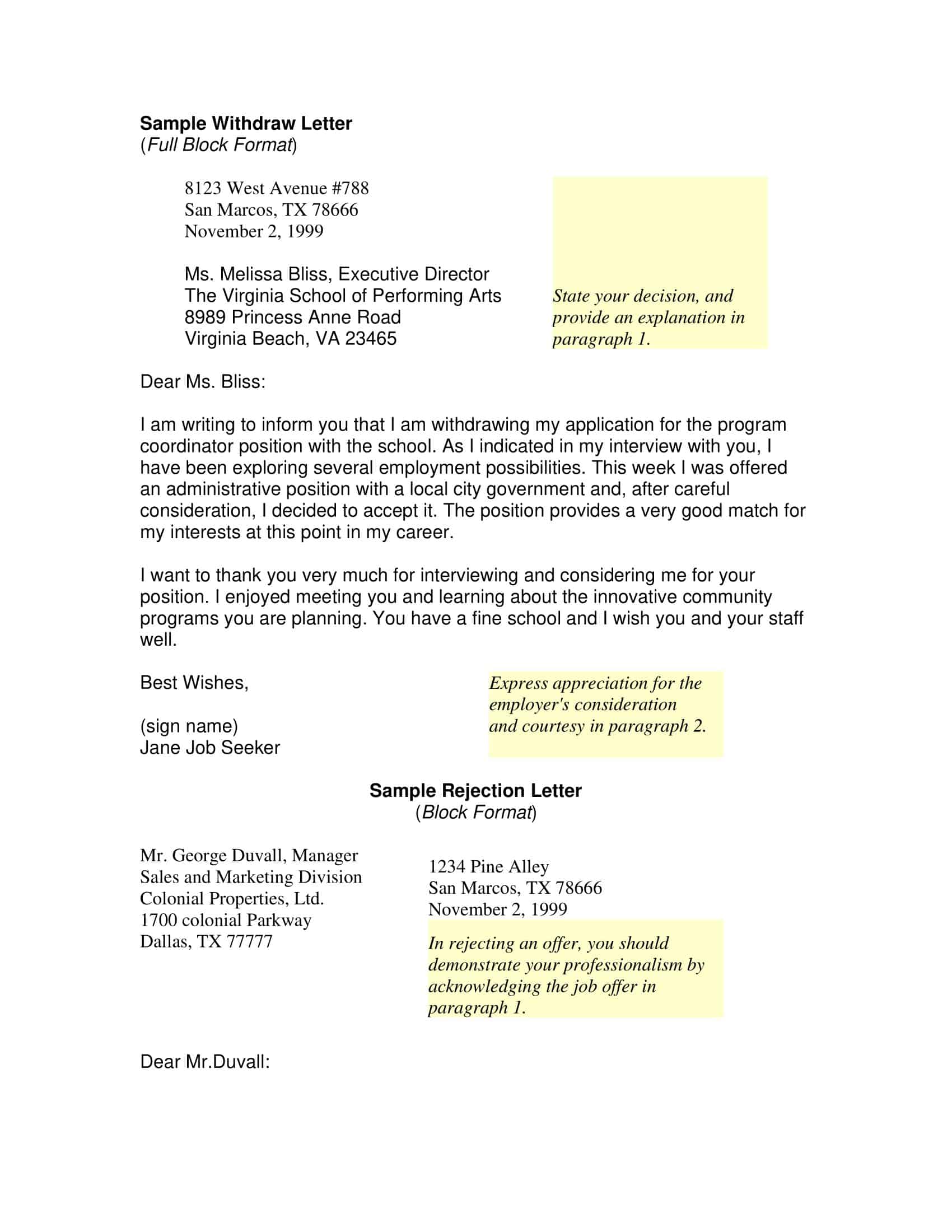


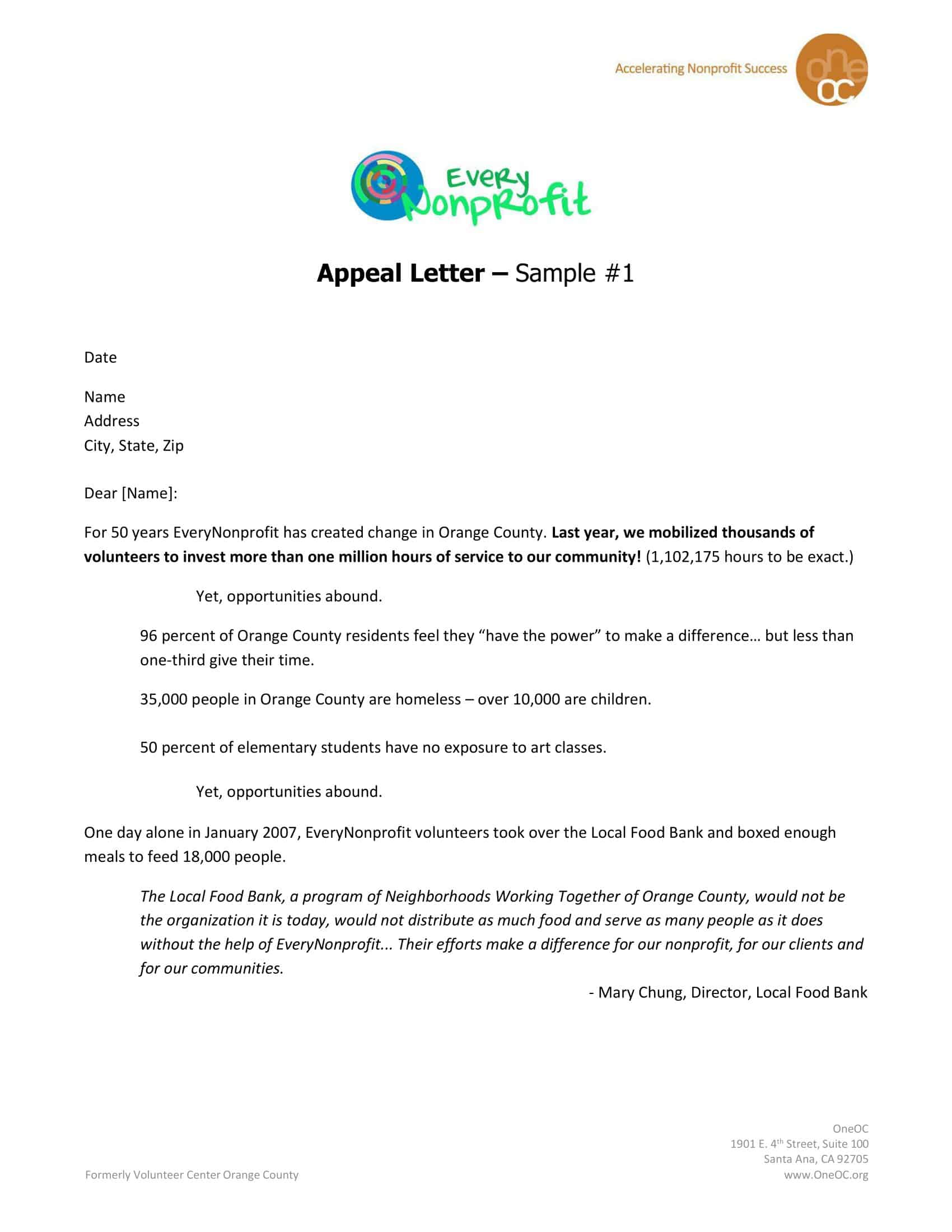



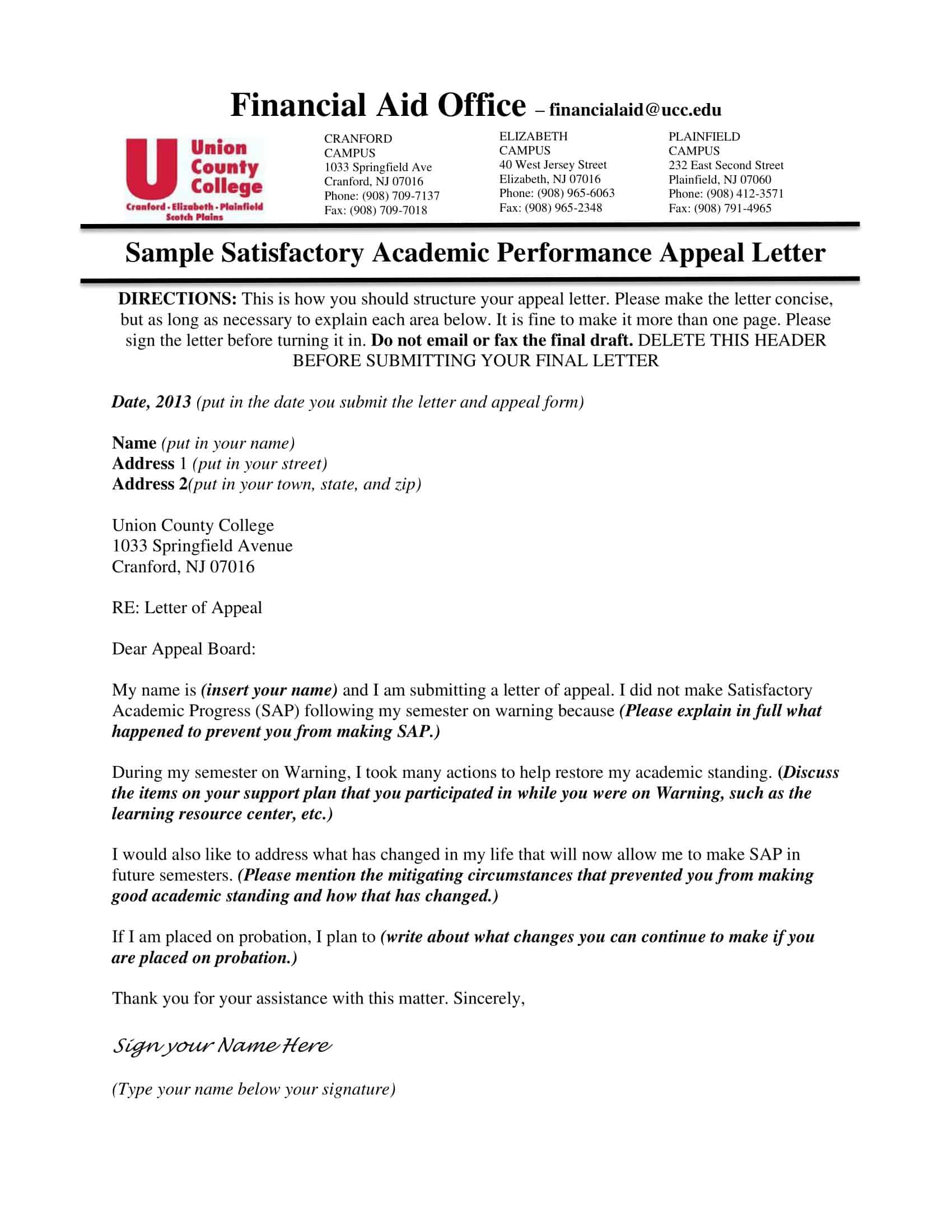
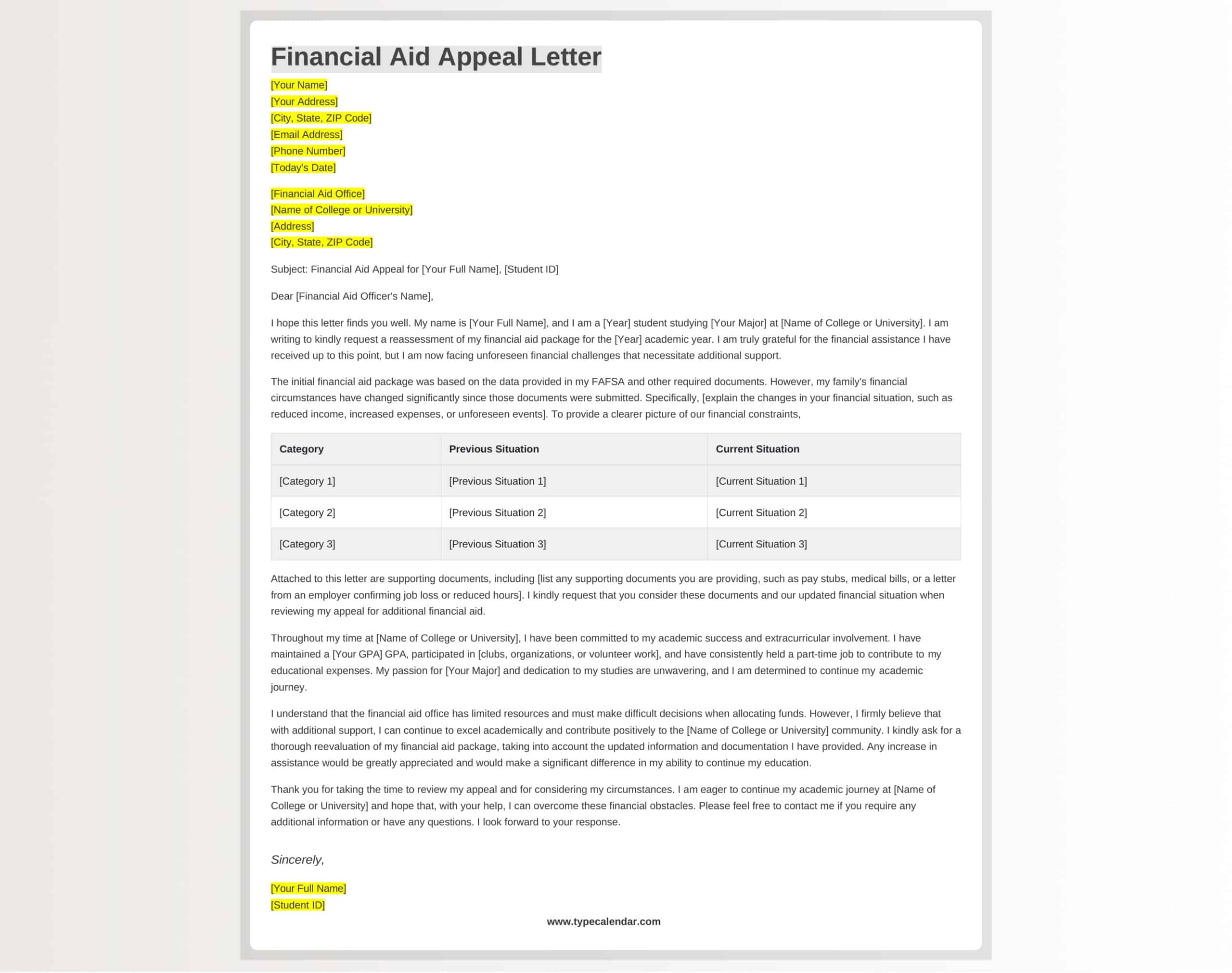






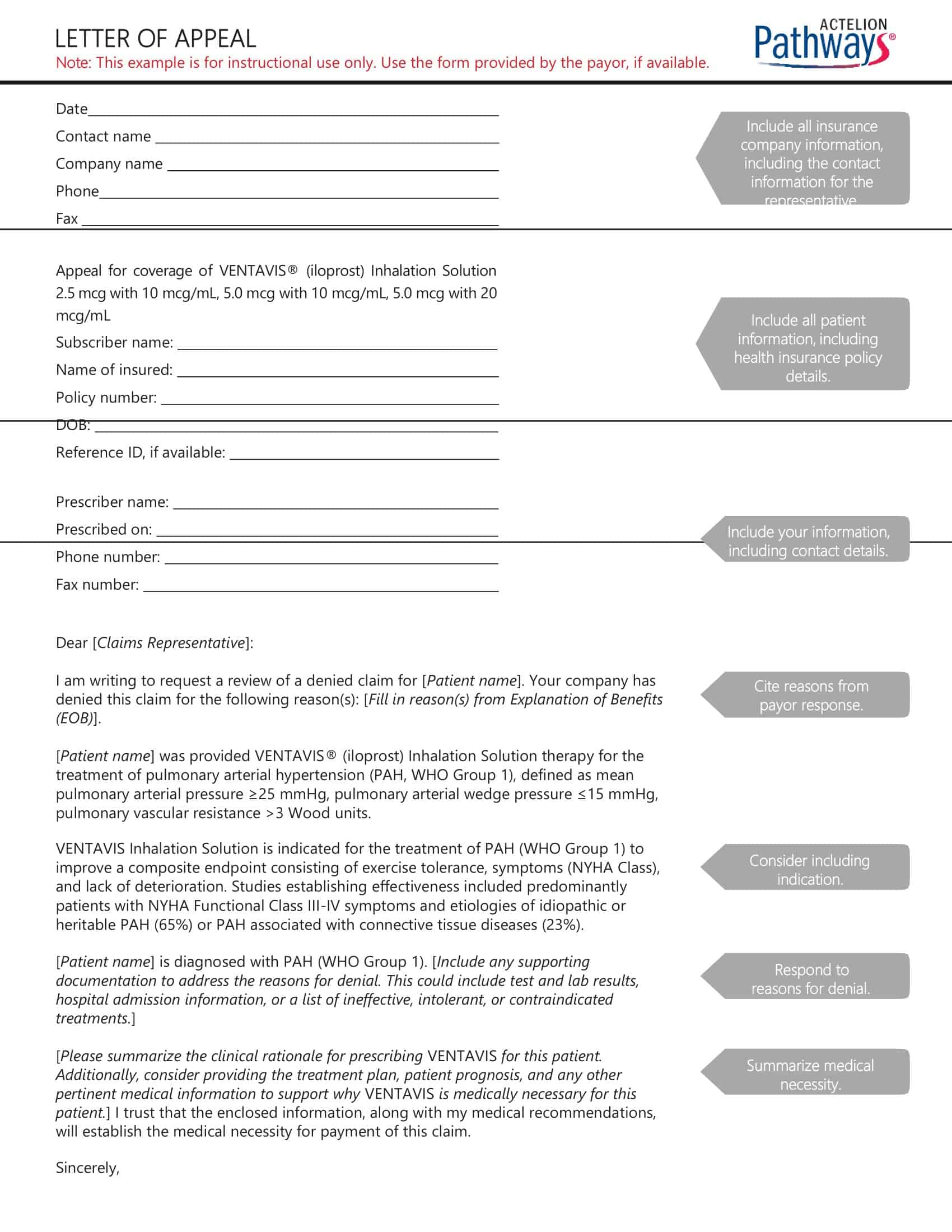





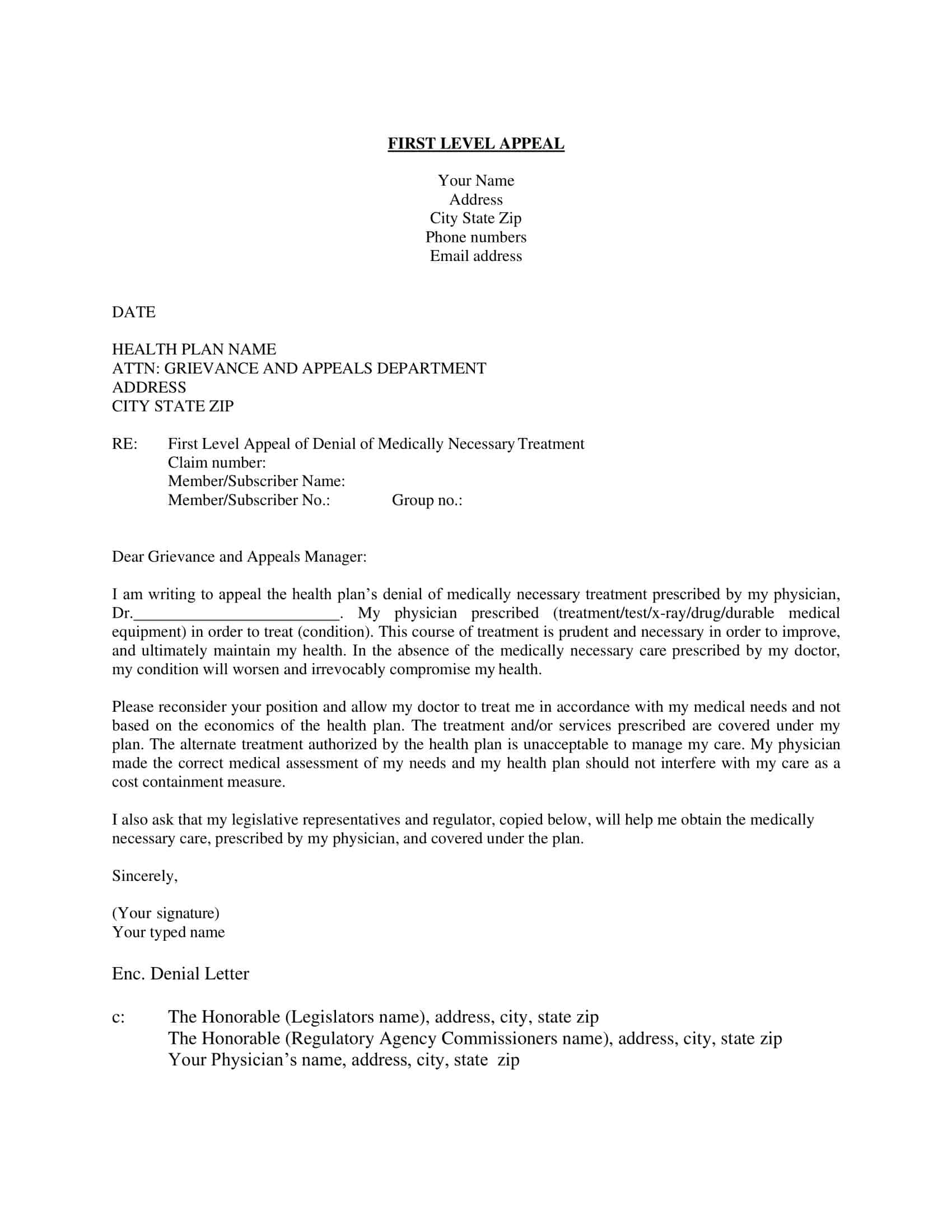








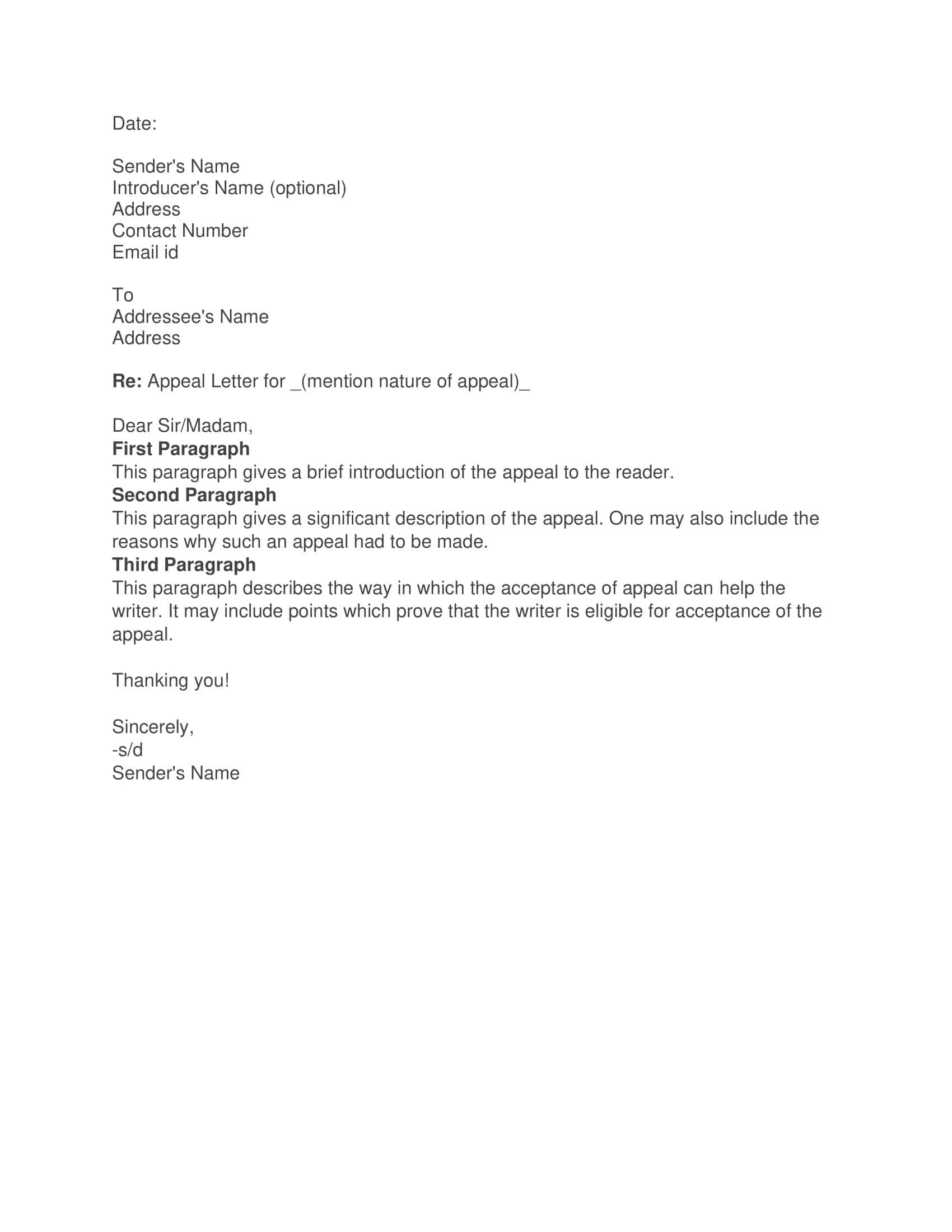
![Free Printable Friendly Letter Templates [PDF, Word, Excel] 1st, 2nd, 4th Grade 1 Friendly Letter](https://www.typecalendar.com/wp-content/uploads/2023/05/Friendly-Letter-150x150.jpg 150w, https://www.typecalendar.com/wp-content/uploads/2023/05/Friendly-Letter-1200x1200.jpg 1200w)
![43+ Printable Leave of Absence Letter (LOA) Templates [PDF, Word] / Free 2 Leave of Absence Letter](https://www.typecalendar.com/wp-content/uploads/2023/01/Leave-of-Absence-Letter-150x150.jpg 150w, https://www.typecalendar.com/wp-content/uploads/2023/01/Leave-of-Absence-Letter-1200x1200.jpg 1200w)
![Free Printable Congratulation Letter Templates [PDF, Word] Examples 3 Congratulation Letter](https://www.typecalendar.com/wp-content/uploads/2023/05/Congratulation-Letter-150x150.jpg 150w, https://www.typecalendar.com/wp-content/uploads/2023/05/Congratulation-Letter-1200x1200.jpg 1200w)
